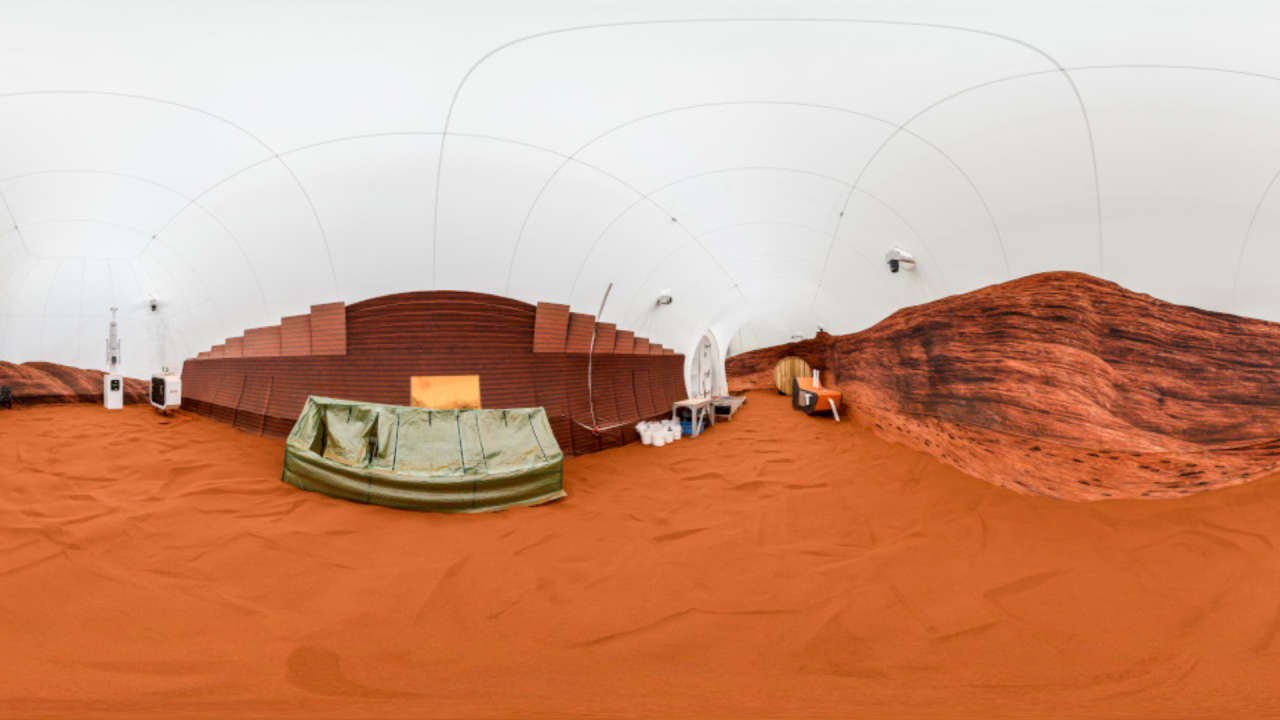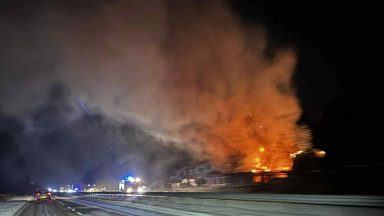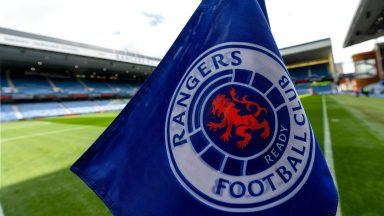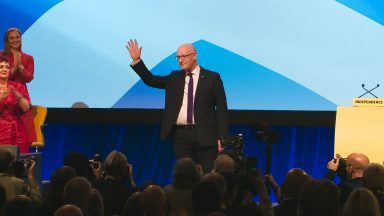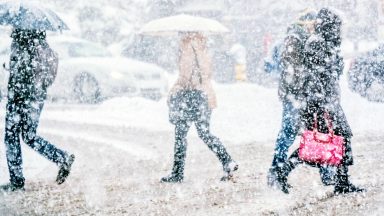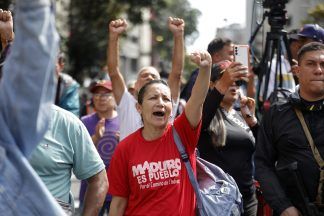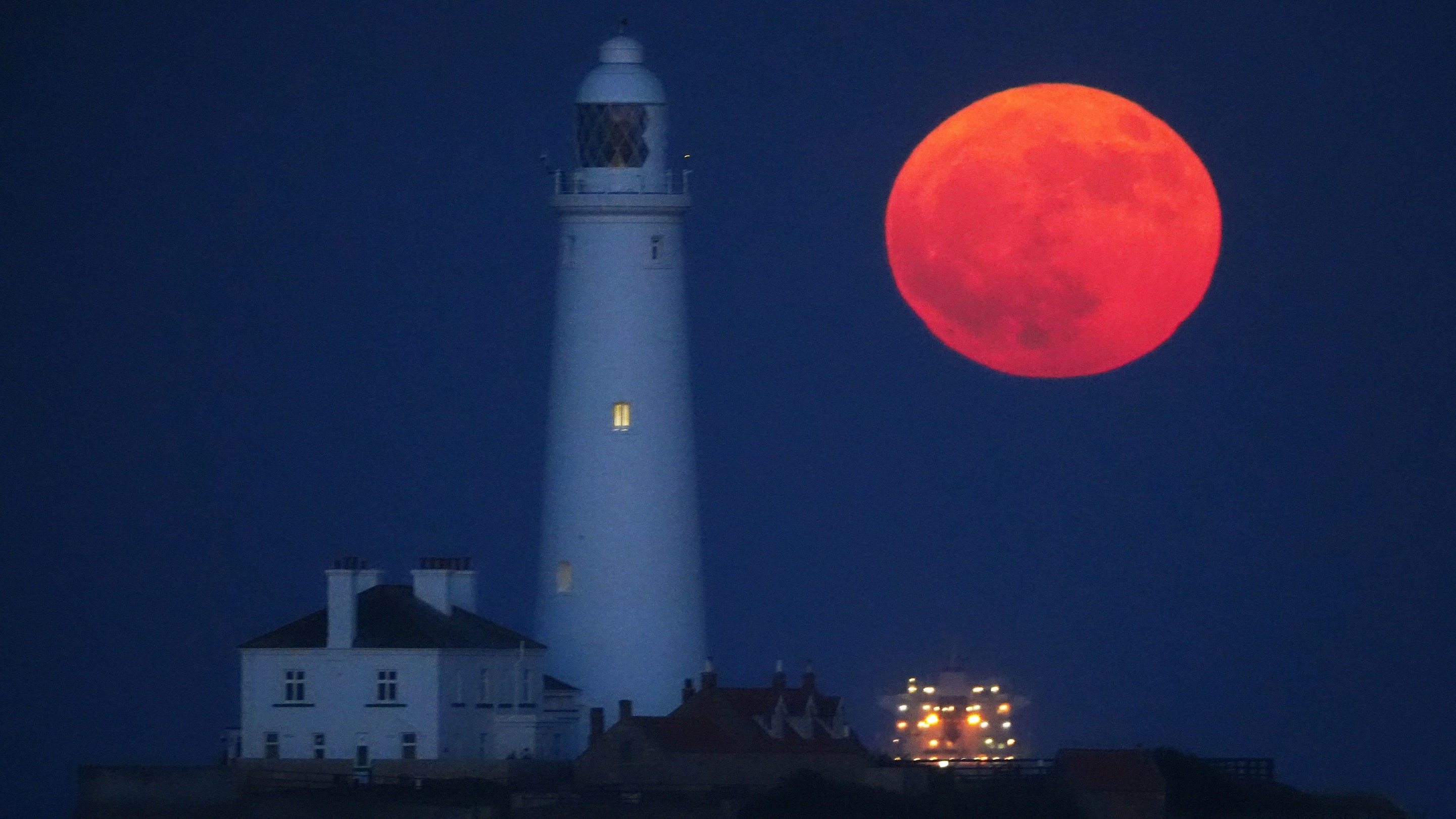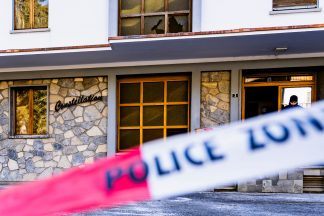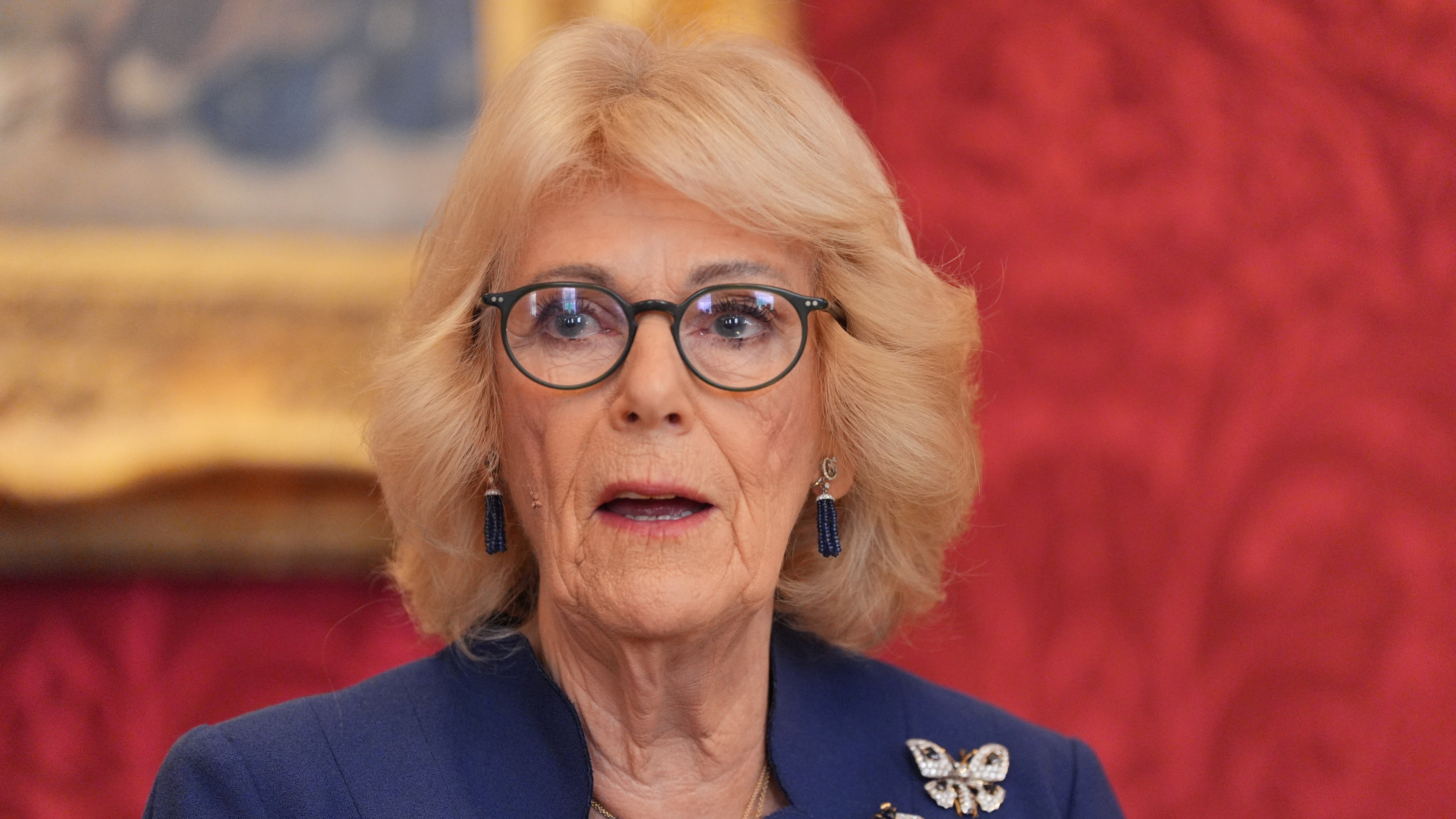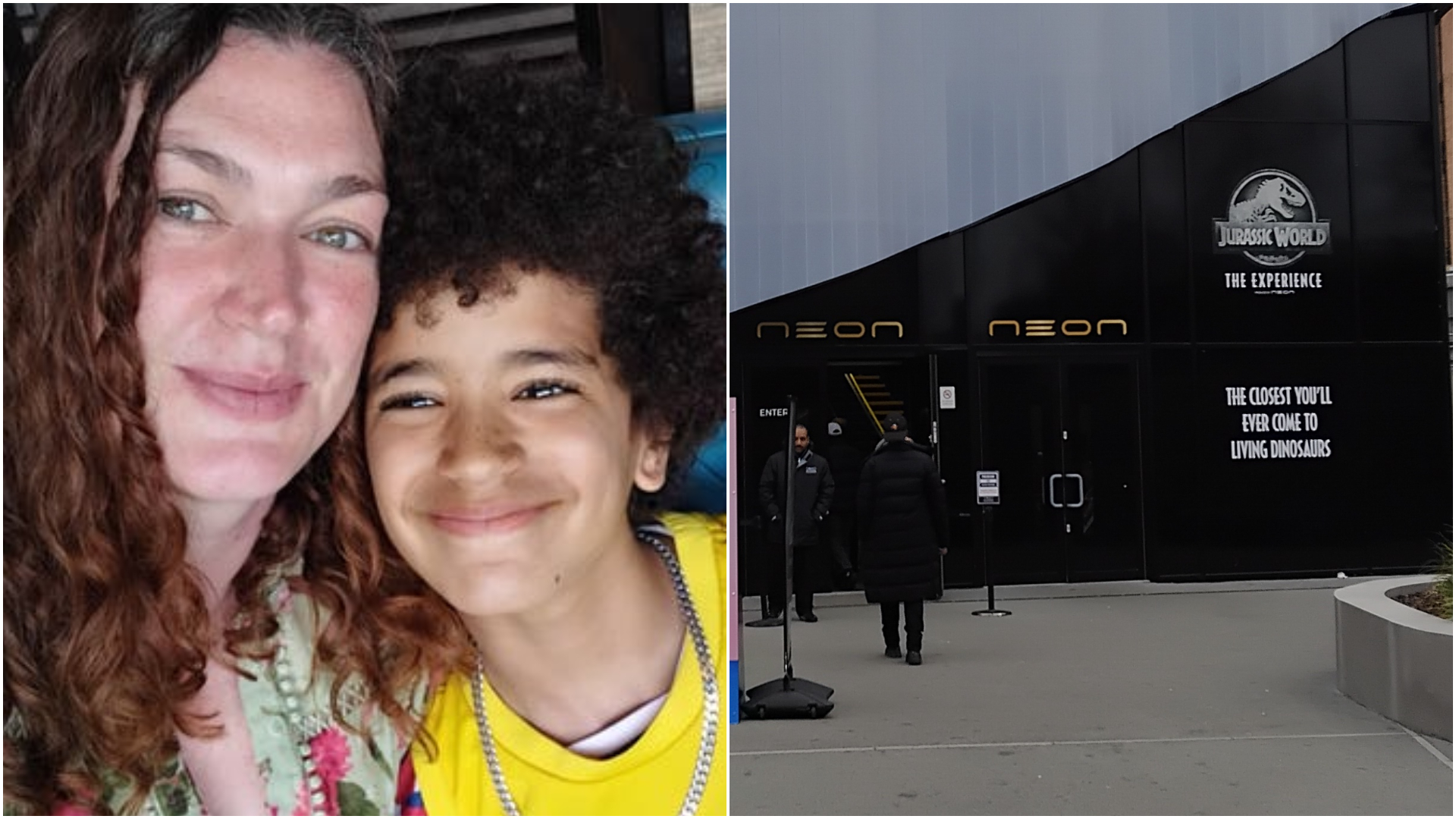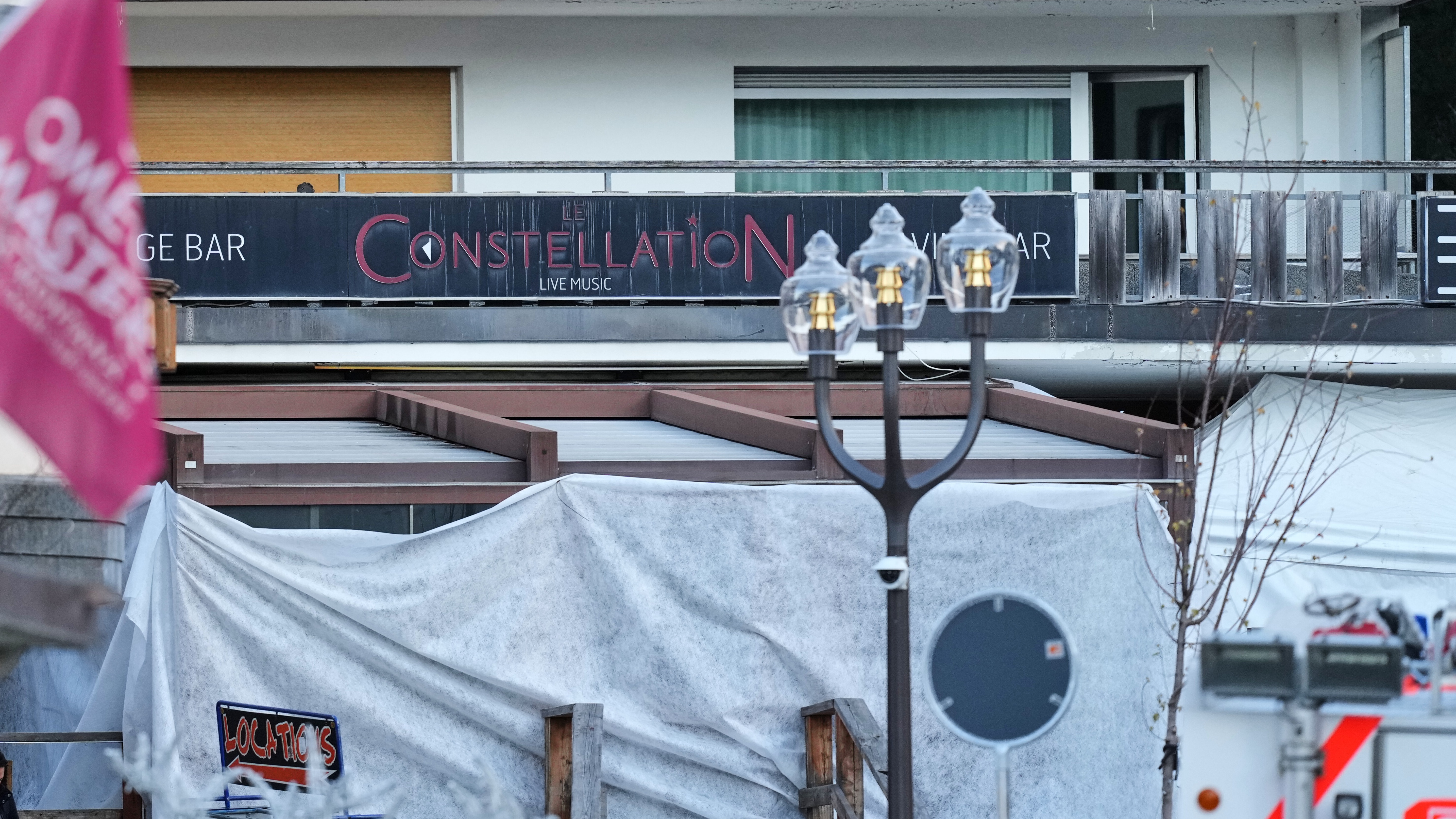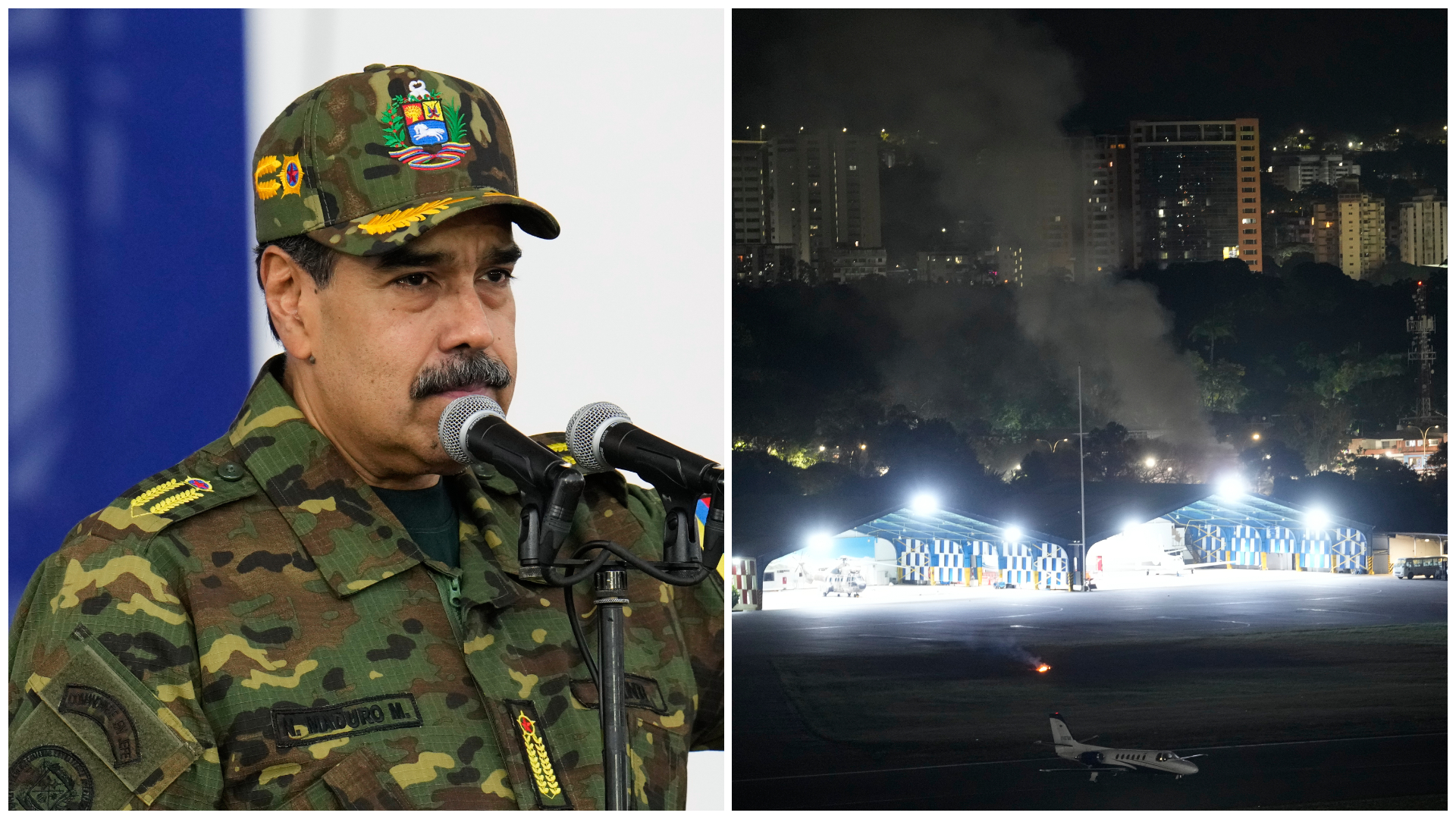Four volunteers have been locked in a fake Mars habitat by Nasa and will not be leaving the 158-square-metre area for a whole year.
The Crew Health and Performance Exploration Analog – or CHAPEA Habitat – is part of NASA’s mission to prepare for human exploration of Mars.
The 3D-printed structure, known as Mars Dune Alpha, will simulate what real life on the planet would be like.
Nasa will be monitoring how the volunteers cope with living in isolation and confinement in the tight space for 378 days.
The four volunteers say their goodbyes and enter the Mars habitat
Kelly Haston, Ross Brockwell, Nathan Jones and Anca Selariu, who are not astronauts, all entered the habitat on Wednesday.
They are the first of three different crews who will each carry out one-year missions in Mars Dune Alpha.
The group will live and work in the habitat, at NASA’s Johnson Space Centre in Houston, Texas, and do tasks including growing crops, simulated spacewalks, habitat maintenance, and science experiments.
It has everything you might need to live on Mars and there’s even red sand outside.

Each crew member has different mission activities to complete, including spacewalks, robotic operations and maintaining their habitat.
Before heading inside, the team gave a final wave and said their goodbyes.
Research scientist and Commander Kelly Haston said: “I feel incredibly lucky and blessed to be part of this crew, it is a career highlight to be both scientist and test subject.”
“I just can’t believe I’m here.” added US Navy microbiologist Anca Selariu, who will be the team’s Science Officer.
The results of CHAPEA and the knowledge gained from the mission could impact future NASA missions including those to the real surface of Mars.
Inside the habitat
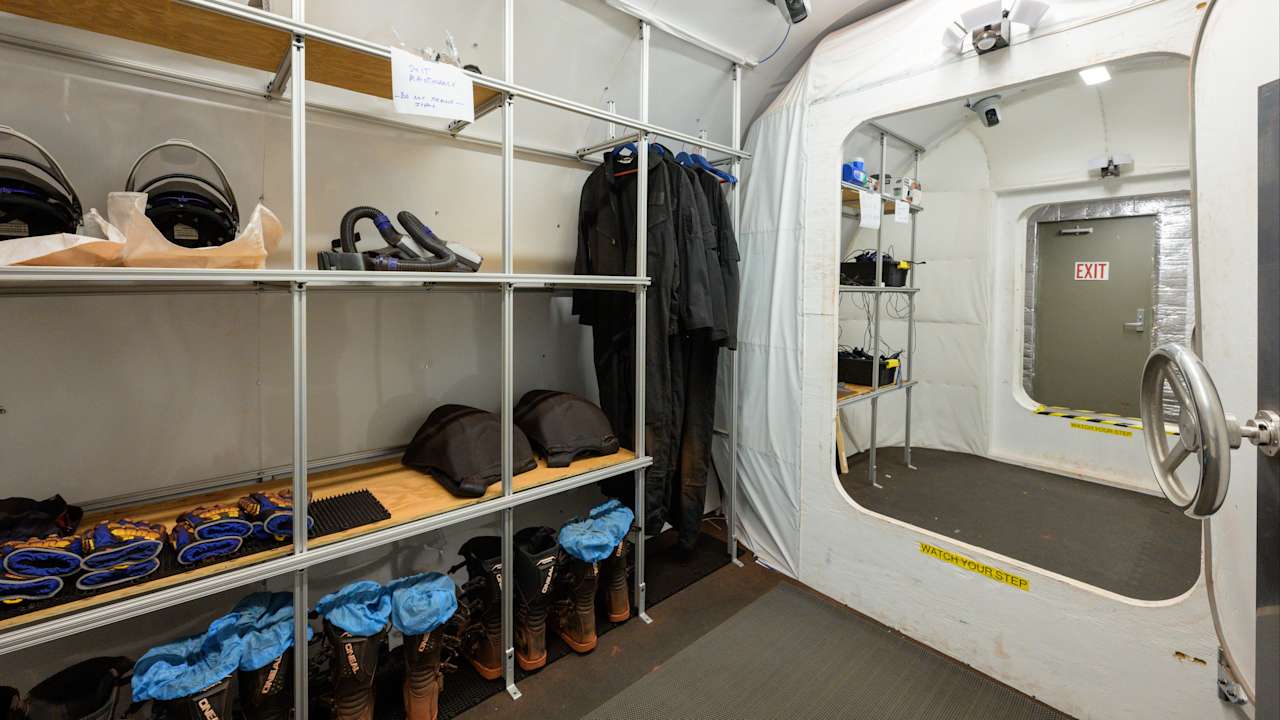
The whole area is made to be as accurate to life on Mars as possible and even has a 1,200-square-foot red sandbox just like the planet’s surface.
Mars Dune Alpha is about the size of one and a half premier league football pitches and was created using lavacrete – a type of non-shrinking polymer concrete.
There are four private crew quarters, dedicated workstations, a medical station and common lounge areas.
How they made the Mars habitat
There will be limited water supply and the team will need to grow their own leafy greens for food as part of their mission.
The results of CHAPEA and the knowledge gained from the experiment could impact future NASA missions, including those to the surface of Mars.
What will the teams be doing on their mission?
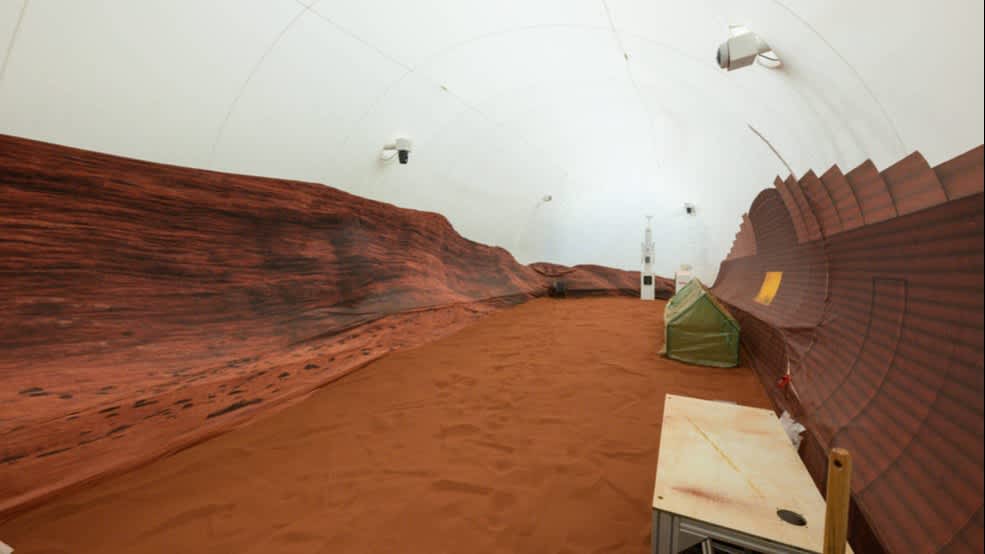
One of the challenges is a simulated traverse of the sandbox.
In pairs, the group will need to complete virtual reality walks on treadmills.
Mars has about a third of the gravity Earth does, which will create its own challenges for eventual human missions on the Red Planet.
The objective of each traverse will vary throughout the mission from field geology, to taking samples and evaluating sites for simulated construction activities.
Some of the virtual reality traverses will also include simulated science and maintenance activities, such as setting up experiment packages or performing dust mitigation steps to optimise solar panel functionality.
Follow STV News on WhatsApp
Scan the QR code on your mobile device for all the latest news from around the country


